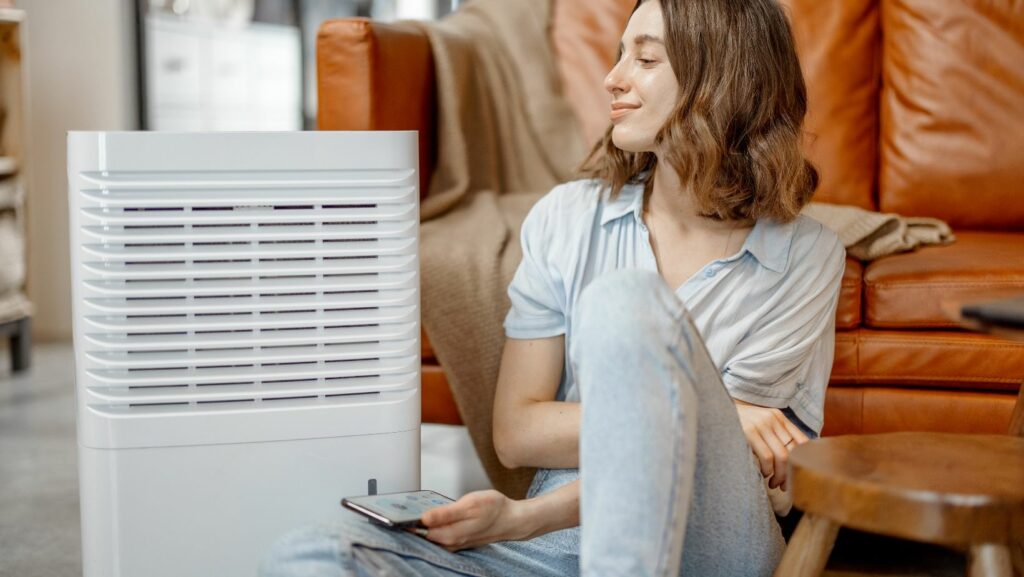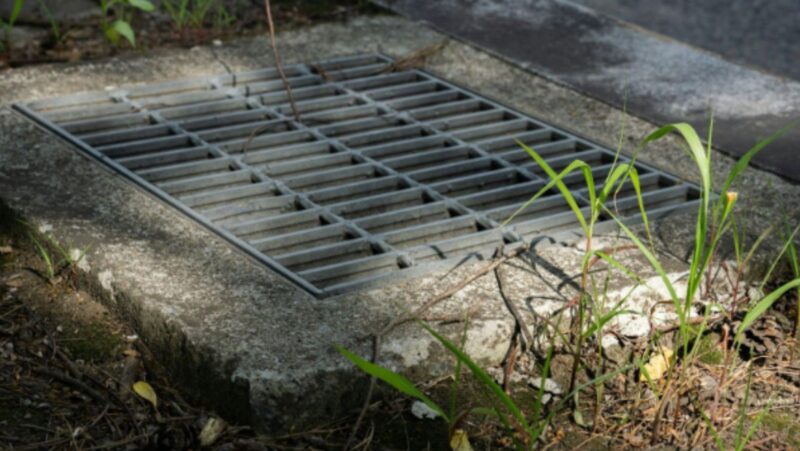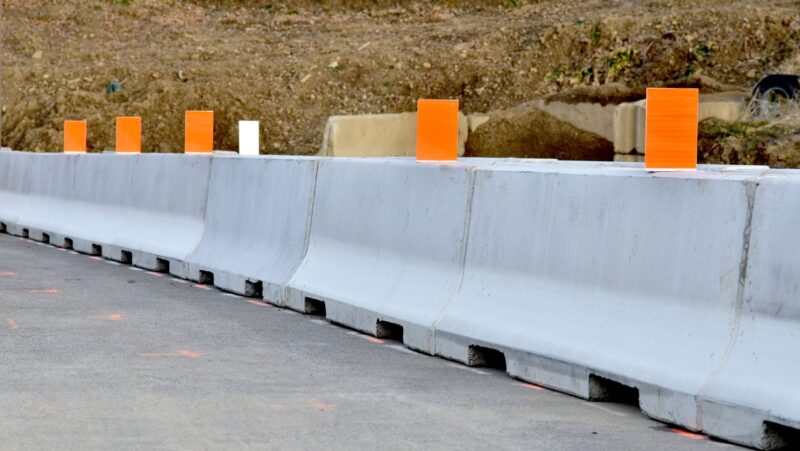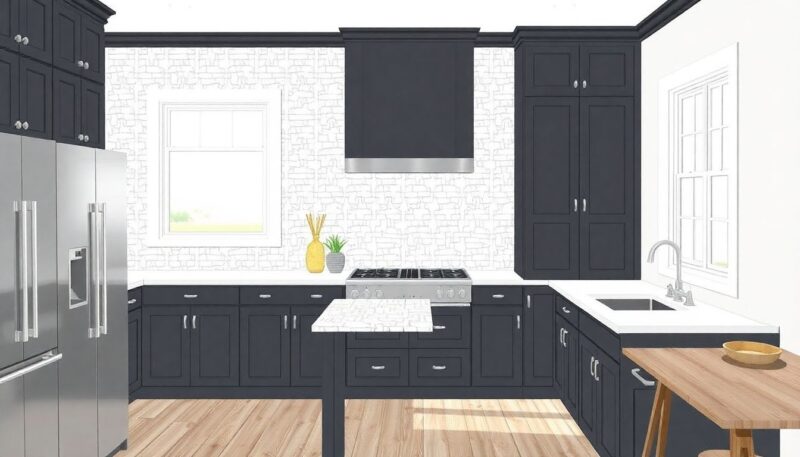
When it comes to residential architecture, ensuring adequate ventilation is important for maintaining indoor air quality. Proper ventilation of residential buildings also promotes the health and comfort of people living in them.
From traditional natural ventilation methods to advanced mechanical systems, there are multiple options that help in fresh air exchange within residential spaces.
Below in this article, we will briefly explain some of the best options for ventilation systems that are commonly used in residential buildings. Let’s start!
Natural Ventilation
Natural ventilation, as obvious by the name, is one of the oldest and simplest methods of providing fresh air to indoor spaces. It relies on airflow driven by wind and temperature differentials. This type of ventilation typically utilizes openi

ngs like windows, doors, vents, and skylights to allow air to enter and exit the building.
The best part about natural ventilation is that it requires no mechanical systems or electricity, thereby reducing energy consumption. Also, there are no installation and maintenance costs compared to mechanical systems. By using natural resources, these systems require no reliance on fossil fuels or electricity generation, which contributes to environmental consciousness.
Exhaust Ventilation
Exhaust ventilation systems work by removing air from indoor spaces and expelling it outside. These systems typically feature exhaust fans installed in specific areas such as bathrooms, kitchens, and utility rooms.
Stale air is drawn out of the building, which creates negative pressure that helps fresh air infiltrate through passive vents or openings. One of the benefits of this type of ventilation is that it effectively removes pollutants, odors, and moisture from high-traffic areas, helping you escape the heat.
HRV and ERV Systems
HRV and ERV systems are advanced ventilation solutions that utilize heat or energy recovery technology to maximize energy efficiency. These systems feature heat exchangers that transfer heat or coolness from outgoing air to incoming air, minimizing energy loss during ventilation.

You can opt for a residential ventilation heat recovery unit to provide your living space with a fresh supply of air while removing polluted air. These systems recover heat or coolness from outgoing air, reducing the workload on heating and cooling systems and lowering energy costs.
Moreover, there is no limitation to these systems in terms of season type. They can operate efficiently in all seasons and provide fresh air in winter while minimizing heat loss and cooling in summer. The only problem is that these systems are more expensive to purchase and install compared to traditional ventilation systems.
Supply Ventilation
Supply ventilation systems add fresh outdoor air into indoor spaces while simultaneously expelling stale air. These systems usually use fans or blowers that draw air from the exterior and distribute it throughout the building. This is done through ductwork or dedicated vents.
Stale air is expelled through exhaust points such as windows or vents. Supply ventilation systems allow for precise control over indoor air quality by regulating the volume and distribution of fresh air. By working simultaneously to add and remove air from indoors, these systems help maintain a balanced air in the building.






